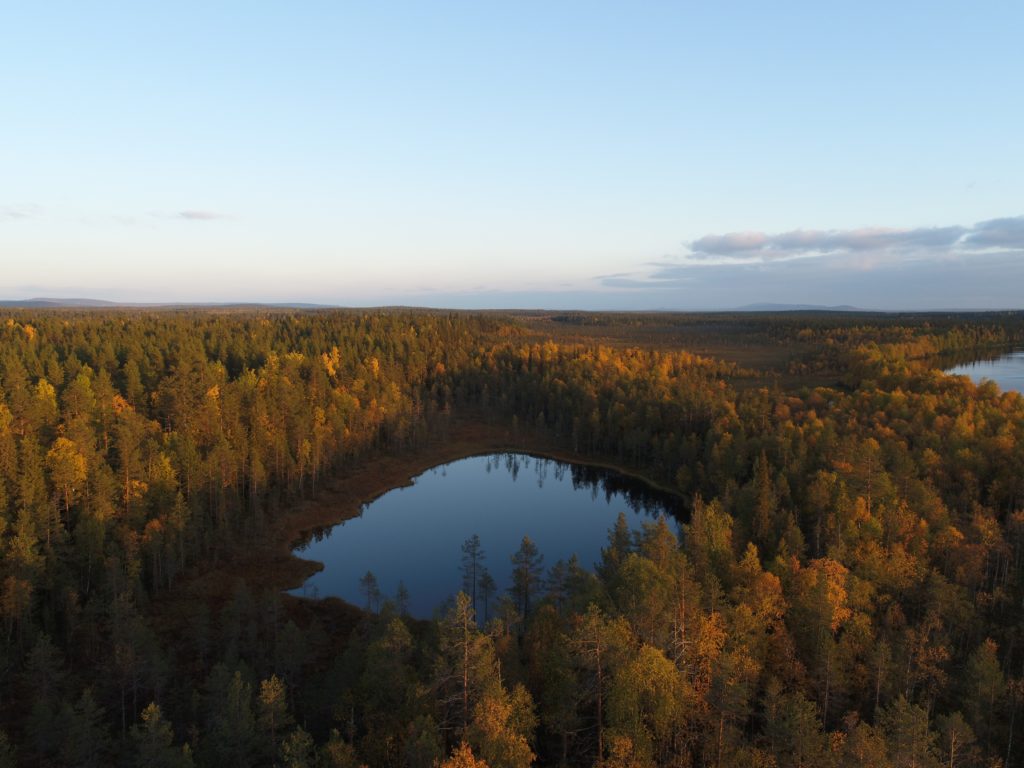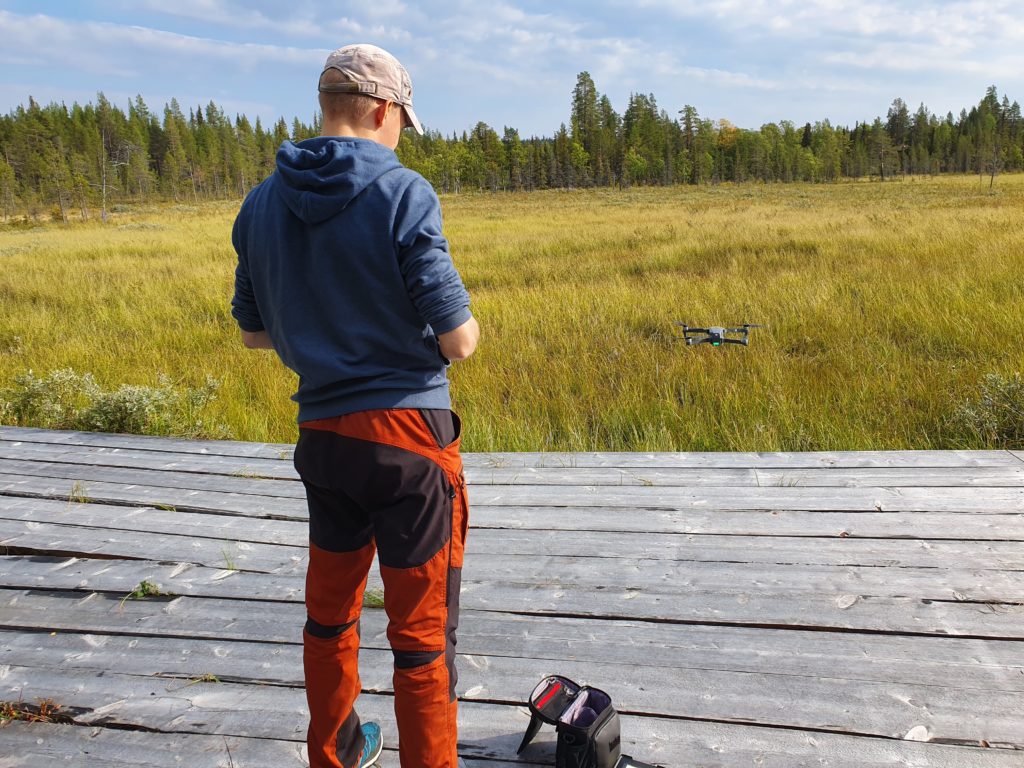Åsa Ericsson
Johan Lugnet
Johan Wenngren
Heidi Kaartinen
Marjut Koskela
Kari Mäenpää
Aleksi Rimali
Timo Sukuvaara

The article reports on practical advices of drone use for tourism entrepreneurs. They originate from the applied research in the Arctic Airborne 3D project, and have thus been developed in collaboration with companies in the Northern region of Sweden and Finland.
Tourism destination: a place to explore before, during and after
Information technologies and digital platforms are commonly used in the tourism industry, for example in the form of webpages and social media, but also e-tickets and e-commerce. The tourists’ own planning and booking are often done via the Internet after browsing inspiring web pages presenting beautiful photos and informative text. Digital marketing today often adds aerial videos and photos which are more or less expected in contemporary online material from tourist entrepreneurs.
The use of technology can provide solutions beyond information to better support the future of personal experience production (Gelter 2017). Technology certainly has the potential to enable tourist entrepreneurs to actively create added value to their services. Even if the use of information and communication technology has changed both the offered services and its customers’ behaviours, trends like experience production indicate that the tourism industry could benefit from further progressing its digital contents as a service in itself.
Visiting and designing destinations span over several phases: before the visit (information gathering, planning etc.), during the visit (booking services, scheduling etc), and after the visit (feedback, re-experiencing events, etc.). The phases are the same for both entrepreneurs and visitors, which are important to understand and manage in the design of services. Results from the Arctic Airborne 3D research project have previously been reported on, for example the support of experience production in wilderness tourism by developing interactive 3D maps visualizing details of hiking tracks. Drone technologies have thus been tested to be successful for tourism services by the project. Some entrepreneurs already use drones in their marketing campaigns. Drones are cost effective and accessible, and they fulfil the growing demand for video content and unique perspectives on webpages. Also, the use of drones replaces the costs of hiring a helicopter and a film team. A wider use of drones in tourism is also interesting. Yet, there are practical issues to reflect upon before implementing in the business model. We will touch upon a few here, but please note that it is not a complete list of issues to consider when flying drones.

Business purpose and drone mission
Reports describe visionary ideas for how to improve tourism services by adding drones into the concepts, as for instance using drones to live stream a hike in the nature to someone walking on a treadmill at home viewing the tour in VR glasses and steering the drone by head movements (Mirk & Hlavacs 2014), and the pandemic lockdowns have increased the interest for offering virtual tours (Ilkhanizadeh et al., 2020). In general, business applications of drone technology benefit from being user-centred, to meet the need of a solution of a specific problem in a certain activity. This is due to the fact that the drones’ technical requirements vary in relation to the chosen application, for example life streaming requires very high tech, while medium quality is enough for the provision of a selfie photo service for tourists. Yet, a selfie photo service, for example when doing jetski or water ski activities, instead demands a water-resistant drone. In addition to technical performance such as size, noise level, battery life and range, there are business applications that need to be considered.
Tip 1:
- Make sure to match the type of drone with the services you plan to offer. Technology is improving rapidly; one expensive purchase can quickly be replaced by a cheaper model. Perhaps two medium drones are initially more useful for your business than one high-tech expensive?
Regulations and rules
Using drones is part of the aviation system, so there are rules and regulations for civil aviation that must be understood and followed. Breaching the rules is considered an aviation offense and has imprisonment in the penalty scale. Luftfartsverket and Transportstyrelsen provide information on the Swedish regulations. Information about regulations are provided in Finland by Traficom. From January 2021, all EU countries require a drone operator licence from everyone to operate drones, which have a camera on them or weigh over 250 grams.
Further, before you publish on the web or social media or similar, any video or photo must be approved by the appropriate authority. The Swedish mapping, cadastral and land registration authority (Lantmäteriet) is responsible to provide approval for land videos and pictures, and The Swedish Maritime Administration (Sjöfartsverket) for sea. In Finland, photography is permitted in public places, but people are protected against being photographed or observed through a videolink in a drone. The full definition with a chapter of photography in private premises can be found from the Traficom website (Droneinfo 2021a): ”Private homes and gardens may not be photographed so that a person can be identified in the images, nor may people inside workplaces be photographed without their consent .”
Tip 2:
- Make sure to be aware and informed of the rules that apply – before flying or publishing!
- Different types of drones are submissive to different regulations.
Safe flying and safety
Drones may look like and give the sense of a toy, but the drone, or the Unmanned Aerial Vehicle (UAV) share the airspace with (manned) aircrafts and helicopters. Hence, the manifold of rules and regulations. The term Unmanned Aircraft System (UAS) describes that the drone needs to be controlled by a pilot, and some suggest that Remotely Piloted Aircraft (RPA) is a better description. RPA highlights that it is a person – the pilot – on the ground that is responsible for flying, and certain skills are needed even if the drone technology is designed to manage some issues during the flight (Herrick 2017).
Do not fly over properties that could be damaged if you lose control of the drone. Be careful not to injure people while flying. Crashing an object, such as a car with an uninsured drone may be an expensive case. Traficom shares information about drone insurances (Droneinfo 2021b):
”There are many different types of insurance, but for those who fly drones, there are mainly two that are important to be aware of: liability insurance and non-life insurance. There is no requirement for drone operators to have non-life insurance – but liability insurance for those flying drones over 20 kilos is obligatory and, in addition, recommended for all weight classes. If an accident occurs while conducting an illegal or unapproved flight it will not be covered by insurance.”
Flying over crowds is not allowed, and there are also some national restrictions. For example, in Sweden the drone operations are restricted over marinas or camping areas. Finally, drones must be within the line of sight when flying.
Tip 3:
- Check-up whether or not your insurances are valid. Be sure they cover the possible accidents.
- Know your flying limits as a pilot, and also your drone’s constraints. Practice and learn more to enjoy flying, and to provide high quality services.
To sum up
When flying a drone, take a look at the regulations that apply for the area for your flight. Some drones will show this information, but there might be additional regulations that you need to think of. Make sure that you have registered your device, and that you have completed the needed qualifications and tests. You will also need to plan your flight properly and act responsibly at any time, when operating with a drone. Further, to fly safe you might also need to consider weather conditions. If you are well prepared and have control over the regulations, using drones in your business can be very useful. And, by making use of modern technologies, you can create value for your visitors beyond marketing.
About Arctic Airborne 3D: The project Arctic Airborne 3D addresses challenges in applying drone technology in a variety of applications, as for example in innovative services for the tourism and hospitality industry. The project gathers expertise from Centria University of Applied Sciences (also leading the project), Luleå University of Technology, Finnish Meteorological Institute, and Maailmasta Oy. Financiers are Interreg Nord, Lapin Liitto and Region Norrbotten. The work in the project is done in collaboration with a number of micro, small and medium sized companies in the program region, among these several tourism entrepreneurs in wilderness and nature tourism. Interreg Nord is an EU program that supports cross-border collaboration to progress growth and development in the Nordic regions.
References
Droneinfo 2021a. Spreading and handling data properly – integrity and data protection. Website, Finnish transport and communications agency. Available at: https://www.droneinfo.fi/en/study-material/spreading-and-handling-data-properly-integrity-and-data-protection. Viewed: 14.9.2021.
Droneinfo 2021b. How to be safe in case of accident – Insurance. Website, Finnish transport and communications agency. Available at: https://www.droneinfo.fi/en/study-material/how-be-safe-case-accident-insurance?toggle=Which%20insurance%20is%20suitable%20for%20drones%3F. Viewed: 14.9.2021.
Gelter, H. 2017. Digital tourism: an analysis of digital trends in tourism and customer digital mobile behaviour. A report for the Visit Arctic Europe project. May 2017.
Herrick, S. 2017. What’s the difference between a drone, UAV and UAS? Blogpost. Botlink. Available at: https://botlink.com/blog/whats-the-difference-between-a-drone-uav-and-uas.
Ilkhanizadeh, S., Golabi, M., Hesami, S. & Rjoub, H. 2020. The potential use of drones for tourism in crises: a facility location analysis perspective. Journal of Risk and Financial Management, 13, pp. 246.
Mirk, D., Hlavacs, H. 2014. Using drones for virtual tourism. In: Reidsma D., Choi I., Bargar R. (eds) Intelligent Technologies for Interactive Entertainment. INTETAIN 2014. Lecture Notes of the Institute for Computer Sciences, Social Informatics and Telecommunications Engineering, vol 136. Springer, Cham. https://doi.org/10.1007/978-3-319-08189-2_21
Åsa Ericson
Professor, information systems
Luleå University of Technology
Johan Wenngren
PhD, Researcher, information systems
Luleå University of Technology
Johan Lugnet
PhD, Researcher, information systems
Luleå University of Technology
Heidi Kaartinen
RDI specialist, project communications
Centria University of Applied Sciences
Tel. 040 729 9951
Marjut Koskela
Project manager
Centria University of Applied Sciences
Kari Mäenpää
Researcher, Arctic Space Centre
Finnish Meteorological Institute
Aleksi Rimali
Researcher, Arctic Space Centre
Finnish Meteorological Institute
Timo Sukuvaara
Ph.D, Senior Researcher, Arctic Space Centre
Finnish Meteorological Institute



